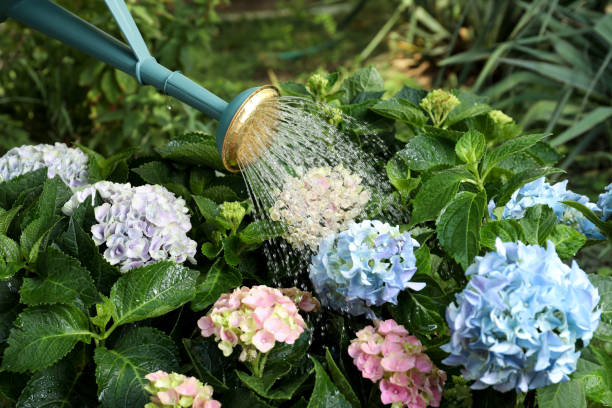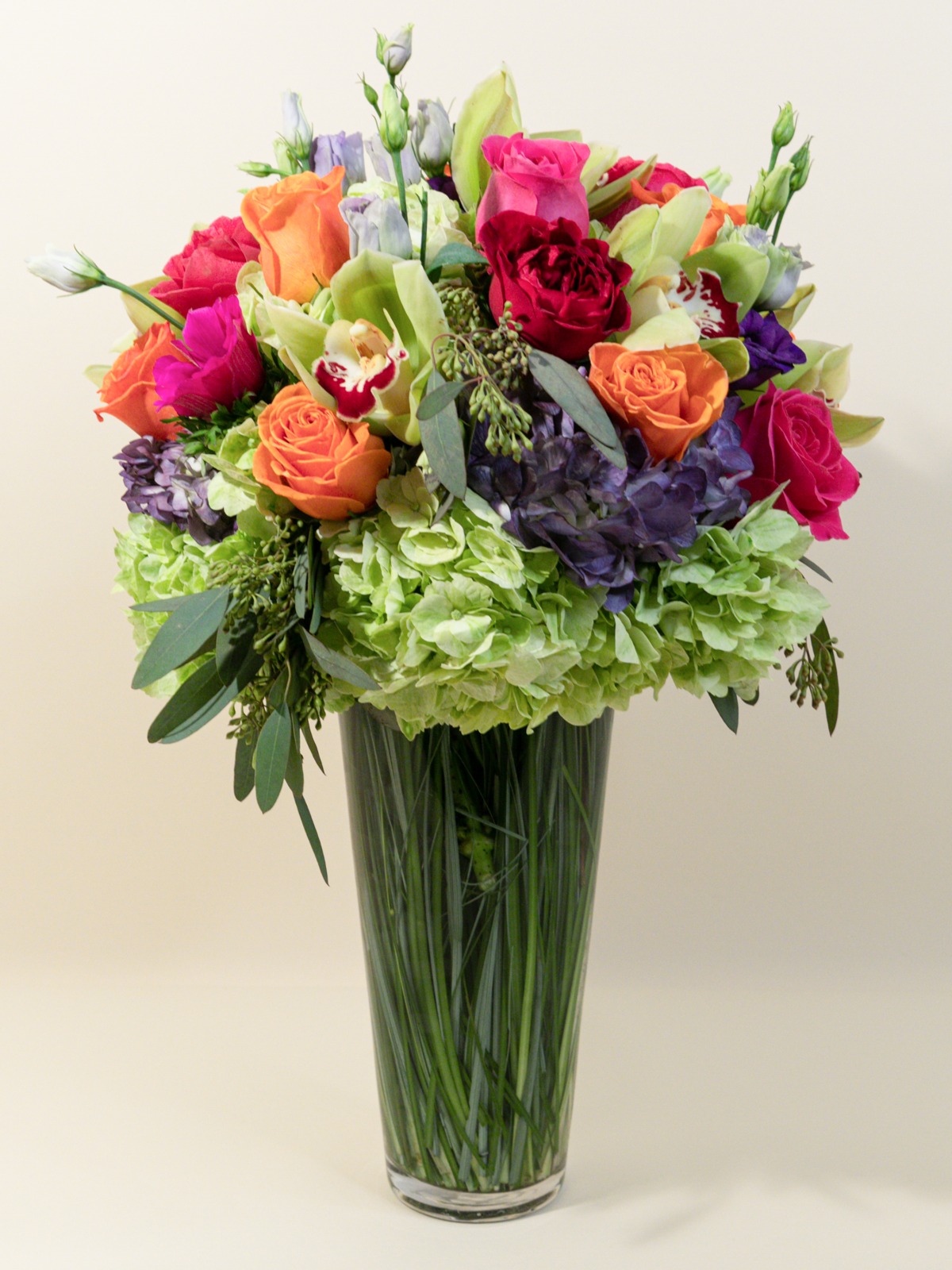
A COMPLETE GUIDE TO HYDRANGEA CARE
 20 MIN Read
20 MIN Read19 Sep 2022
By Michael Jacobson
A Little Note on Hydrangea Care
Hydrangeas are a stunning addition to any garden with their lush, vibrant blooms and elegant appearance. Whether you’re a seasoned gardener or just starting out, learning how to care for hydrangeas ensures they flourish year after year. In this guide, we’ll walk you through everything you need to know—choosing the right variety, planting, watering, pruning, and tackling common issues. With a little attention and the right care, your hydrangeas will bloom beautifully, brightening up your garden and filling it with color.
Choosing the Right Hydrangea Variety
There’s a hydrangea variety for every garden! Here are the most common types:
- Hydrangea macrophylla (Bigleaf Hydrangea): Known for its large, showy blooms that change color depending on soil pH.
- Hydrangea paniculata (Panicle Hydrangea): These hydrangeas produce cone-shaped clusters and are great for colder climates.
- Hydrangea quercifolia (Oakleaf Hydrangea): With its oak-shaped leaves and striking fall colors, this variety stands out all year round.
When choosing your hydrangea, consider your climate, soil, and the aesthetic you want. For example, Bigleaf Hydrangeas thrive in temperate climates, while Panicle Hydrangeas are more adaptable to cold weather.
Planting Hydrangeas
Hydrangeas thrive in well-drained, slightly acidic soil. Preparing your soil before planting is key to their success. Choose a spot that receives partial to full sunlight—morning sun with afternoon shade is perfect for most varieties.
To plant, dig a hole that’s twice as wide as the plant’s root ball. Gently remove the hydrangea from its pot, loosen the roots, and place it in the hole so the top of the root ball is level with the surrounding soil. Fill in with soil, water thoroughly, and add mulch around the base to retain moisture.

Photo from iStockPhoto.
Pruning Hydrangeas
Pruning helps maintain shape and encourages healthy blooms. The best time to prune depends on the variety:
- Bigleaf Hydrangeas: Prune in late winter or early spring, before new growth starts.
- Panicle Hydrangeas: Prune in late fall or early spring.
- Oakleaf Hydrangeas: Prune after blooming to maintain the plant’s natural form.
Always remove dead or damaged stems and trim the plant to maintain its shape.
Troubleshooting Common Hydrangea Issues
Here are some common hydrangea problems and how to address them:
- Yellowing leaves: Often caused by overwatering, poor drainage, or a nutrient deficiency. Make sure your soil drains well, and consider adding compost or balanced fertilizer.
- Wilting flowers: This can result from under or overwatering.
- Pests: Aphids or scale insects can sometimes infest hydrangeas.
Address these issues promptly by adjusting care practices or using organic pest control methods. If you’re still unsure, consult with a local gardening expert.
Now It's Your Moment to Bloom

While hydrangeas are stunning in the garden, they’re equally magical when thoughtfully arranged and delivered with care. At French Florist, we celebrate the timeless beauty of hydrangeas with handcrafted arrangements that brighten homes, mark milestones, and create joy in everyday moments.
Whether you're treating yourself or sending love to someone else, explore our collection to bring the lush charm of hydrangeas into your life—no gardening required.
#FFinstagram
FRENCHFLORIST